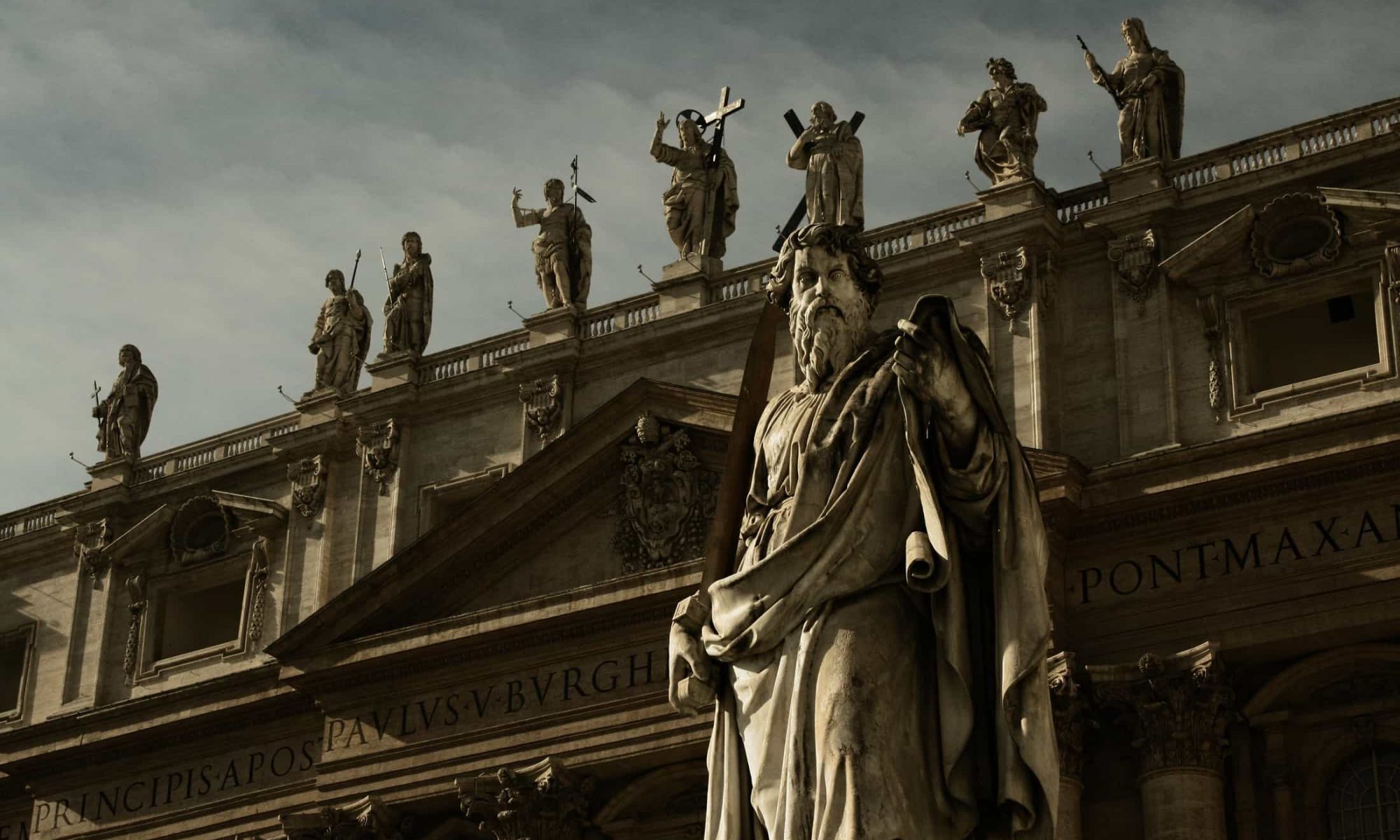For too many of us, hope is in short supply these days. Americans have lost trust in the large institutions that have sustained their hope in previous generations: church, government, business, and civic organizations. In communities all over the country, rates of drug addiction, depression, and suicide are increasing.
But rich sources of hope are always available. For example, the birth of a child inspires a pristine hope, transforming the way we think about the future. For at least a few glorious moments, a mother’s agony gives way to a joyous sense of optimism. Her future is no longer a rigid extension of past and present troubles. History has been interrupted by a gift of boundless potential.
Not long after childbirth, the realities of parenthood quickly set in. But when we become discouraged, the indelible memory of holding a newborn baby for the first time can serve as a touchstone in time to restore our hope.
Where does hope come from? How can it impact our present difficulties? And how can we share hope with others?
The writings of medieval philosopher and theologian Thomas Aquinas claim that hope, as a theological virtue, cannot be developed naturally. He observes that the moral virtues such as wisdom, courage, and justice can be cultivated through self-discipline and good habits. But faith, hope, and the highest form of love must be infused into our souls as divine gifts. In other words, Thomas infers that hope is not an innate part of human nature.
But Thomas’s theological insight seems a bit extreme. My personal experience with hope tells me that it can be cultivated and refined. With greater effort, hope can become more of a default mindset in our lives.
For Christians, hope centers on the life and mission of Jesus Christ. In his Theology of Hope, contemporary German theologian Jürgen Moltmann explains how Christ’s resurrection proved that history is not a closed system of occurrences, with each event constrained by what came before. The resurrection brings “to light the incomparable hitherto non-existent and new.” As such, it reveals new possibilities for the future as well. For Christian believers, knowledge of the resurrection has a creative, transforming effect on the present even as it redirects our gaze to the future. This ultimate hope provides “the glow that suffuses everything here in the dawn of an expected new day.”
Moltmann’s main argument is that hope is much more than a belief in the afterlife or a concern with the end of times, when all suffering will cease and peace will reign on the earth. On the contrary, hope transforms our lives here and now. Moltmann is concerned that too many Christian believers overlook the possibilities of happiness and change in the present. Their otherworldly gaze can rob the present of its meaning and significance.
According to Moltmann, hope is not found in the stoic acceptance of present suffering that waits patiently for the end of times. Instead, the wholeness and inclusiveness of hope “draws the future into the sufferings of the present.” Just as the hope of a glorious resurrection must confront the tragic brutality of the cross, we cannot ignore the reality of violence, suffering, and death on our own path to hope.
So what if the new life and healing we hope for never comes? If Moltmann is right, the power of hope can illuminate our path to creative new possibilities even when our most fervent desires remain unfulfilled. Paradoxically, hope can liberate us from clinging to rigid expectations and outcomes.
What we hope for is often inconsistent with our present experience of pain. Consequently, Moltmann affirms that hope contradicts experience. Because hope stands in stark conflict with our experience of suffering in the world, it inspires us to make meaningful changes in the present. According to Moltmann, “That is why faith, whenever it develops into hope, causes not rest but unrest, not patience, but impatience.” Hope gives us the courage to act.
This brings us to our final question: How can we inspire hope in ourselves and in others, despite our circumstances? Here are a few practical suggestions. First, we can sit down and list three things we’re grateful for in the present moment. Social scientific studies have proven that consistent gratitude improves mental health and builds reservoirs of hope.
Second, when we catch ourselves in the midst of a negative thought, we can mentally rewrite that same thought from a more optimistic perspective.
Third, we can practice and promote hope while at the same time acknowledging the reality of anguish and adversity. Our own hope lifts others when we empathize, console, and minister to their needs.
Finally, we must never stop looking for new sources of hope. We find it in an earnest prayer, in the unlimited potential of a newborn baby, in the fresh possibilities of a new friendship, and in the creative power of a new day that makes a break from the past.


